27 SHI Label Options
Appx Q_27 SHI Label Options_4_16_19.docx
Consumer Research on the Safe Handling Instructions Label for Raw and Partially Cooked Meat and Poultry Products and Labeling Statements for Ready-to-Eat and Not-Ready-to-Eat Products
27 SHI Label Options
OMB: 0583-0177
Appendix Q:
development
of SHI Labels to test in the Web-Based Experimental Study
As described below, to inform the design of the labels to test in the web-based experimental study, we conducted an informal literature review and an expert elicitation. Based on these findings, we developed 27 different SHI labels to test in the web-based experimental study, which are presented at the end of the appendix.
We conducted an informal review of the current
literature on warning messages, risk communication, and human factors
research to inform the design of the alternative SHI labels to test
in the web-based experiment. Based on the literature search, we
identified 54 articles and 6 book chapters for inclusion in the
review and prepared a document with a summary of the key findings
from the literature review. We used the findings from the literature
review to inform the design of the alternative labels to test in the
experimental study, for example, the amount of white space (short vs.
long safe handling instructions); the format and design of the safe
handling icons, the use of a yield-shape icon, and exclamation mark
with the label title; and the layout (i.e., vertical rectangle,
circle, or octagon). 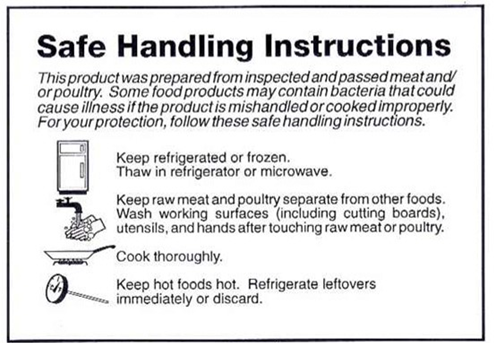
In February 2018, we contacted eight food safety experts to obtain input on the content (i.e., messages) for the revised SHI label. The experts were asked to (1) rank from 1 to 7 the seven safe handling instructions on the current SHI label (see sidebar) in terms of importance from a public health perspective, (2) provide suggested modifications to the instructions to improve consumer understanding of the recommended practices, and (3) identify any instructions that should be added to the SHI label. Based on the results of the expert elicitation, we eliminated the following four instructions from the revised label because most of the experts ranked them as the least important:
“Keep hot foods hot” was ranked 5 or 6 by five respondents.
“Thaw in refrigerator or microwave” was ranked 5, 6, or 7 by six respondents.
“Refrigerate leftovers immediately or discard” was ranked 6 or 7 by five respondents.
“Keep refrigerated or frozen” was ranked as 4, 5, or 6 by five respondents.
No new instructions were added to the revised label. The remaining instructions were retained for the revised label with the message on washing split into washing hands vs. washing surfaces. Under the current SHI, wash working surfaces and wash hands were grouped with the instruction to keep raw meat/poultry separate and accompanied by an icon of soapy hands under a faucet icon. The revised label establishes individual messages for separate, wash hands, and wash/sanitize surfaces with separate instructions and icons for each message. This is because the respondents in the expert elicitation considered the actions for direct cross-contamination, hand washing, and cleaning and sanitizing to be significantly different activities and believed that a single icon could not adequately capture the call to action. In addition, they felt it necessary to deconstruct the wash surfaces message into clean and sanitize surfaces as to reflect the body of science that has been published since the SHI was initially released that highlights the importance of using a soap to remove debris and then a sanitizing compound to kill or inactivate microorganisms.
This yielded four separate instructions for the revised SHI label:
“Keep raw meat and poultry separate from other foods.”
“Wash and then sanitize working surfaces (including cutting boards) and utensils after touching raw meat or poultry.”
“Wash hands after touching raw meat or poultry.”
“Cook thoroughly.” (accompanied by information on thermometer usage and a table with proper internal temperatures for different types of products)
As described below, these instructions were further refined and three messaging approaches for testing in the web-based experimental study developed.
Q.3 Label Options to Test in Web-Based Experimental Study
The web-based experimental study will compare labels designed to attract consumers’ attention and convey information that will promote scientifically supported, in-home safe food handling behaviors. The study will include 3,600 participants with approximately n = 133 exposed to each of 27 SHI labels created by fully crossing the three primary study factors—label format, safe handling instructions text, and safe handling icons—each of which will have three levels (3x3x3 = 27 labels).
Q.3.1 Label Formats
Format includes shape, title, title icon (exclamation point within yield sign), rationale, internal temperature chart, and source for more information as outlined below. It is important to note that each of the three formats (vertical rectangle, circle, and octagon) has the same surface area on the package.
Label Format Elements (3 Formats)
Format |
Shape |
Title |
Title Icona |
Rationaleb |
Temp Chartc |
Source for More Information |
1 |
Vertical rectangle |
Important: Follow these instructions |
With-out |
Constant |
Constant |
Blank |
2 |
Circle |
Important |
With |
Constant |
Constant |
For more information:
|
3 |
Octagon |
Important! Food Safety Instructions |
With-out |
Constant |
Constant |
For more information: www.fsis.usda.gov/safe |
a Title icon: Exclamation point within yield sign
b Rationale: Raw meat and poultry may contain bacteria that could cause illness if not handled or cooked safely. Follow these instructions to avoid illness.
c Minimum internal
temperatures
Beef, pork, veal, lamb: steaks, roasts & chops
145° F + 3-min rest time
Ground beef, pork, veal & lamb
160° F
Turkey, chicken, duck: whole, pieces & ground
165° F
Fish 145° F
Q.3.2 Safe Handling Instruction Text (3 Sets)
We will test three sets of instructions: (1) simple (minimal information), (2) simple + direction (provides additional information on how to ensure safety), (3) simple + direction + time context (provides information on how to ensure safety and when the practice is needed).
|
Wash Hands |
Clean and Sanitize Surfaces |
Keep Raw Meat/Poultry Separate |
Use Food Thermometer |
Simple |
Wash and dry hands |
Clean utensils and surfaces, and then sanitize |
Keep uncooked meat and poultry separate |
Use food thermometer |
Simple + Direction |
Wash hands with soap and water for 20 seconds, and then dry |
Clean utensils and surfaces that contact this product with soap and water and then sanitize |
This product is uncooked: Keep separate from other foods. |
Use food thermometer. Cook to temperature shown below. |
Simple + Direction + Time Context |
Wash hands with soap and water for 20 seconds before cooking and after touching this product, and then dry |
Clean utensils and surfaces with soap and water after contact with this product and then sanitize |
This product is uncooked: Keep this product separate from other foods until cooked. |
Use food thermometer at end of cooking. Cook to temperature shown below. |
Q.3.3 Safe Handling Icons (3 sets)
We will test three sets of icons: (1) pictorials (i.e., line drawings), (2) hybrid (icons that provide a graphic representation of the safe handling practice, and (3) abstract (icons that symbolize the safe handling practice). Keep in mind that the icons will always appear with the messages.
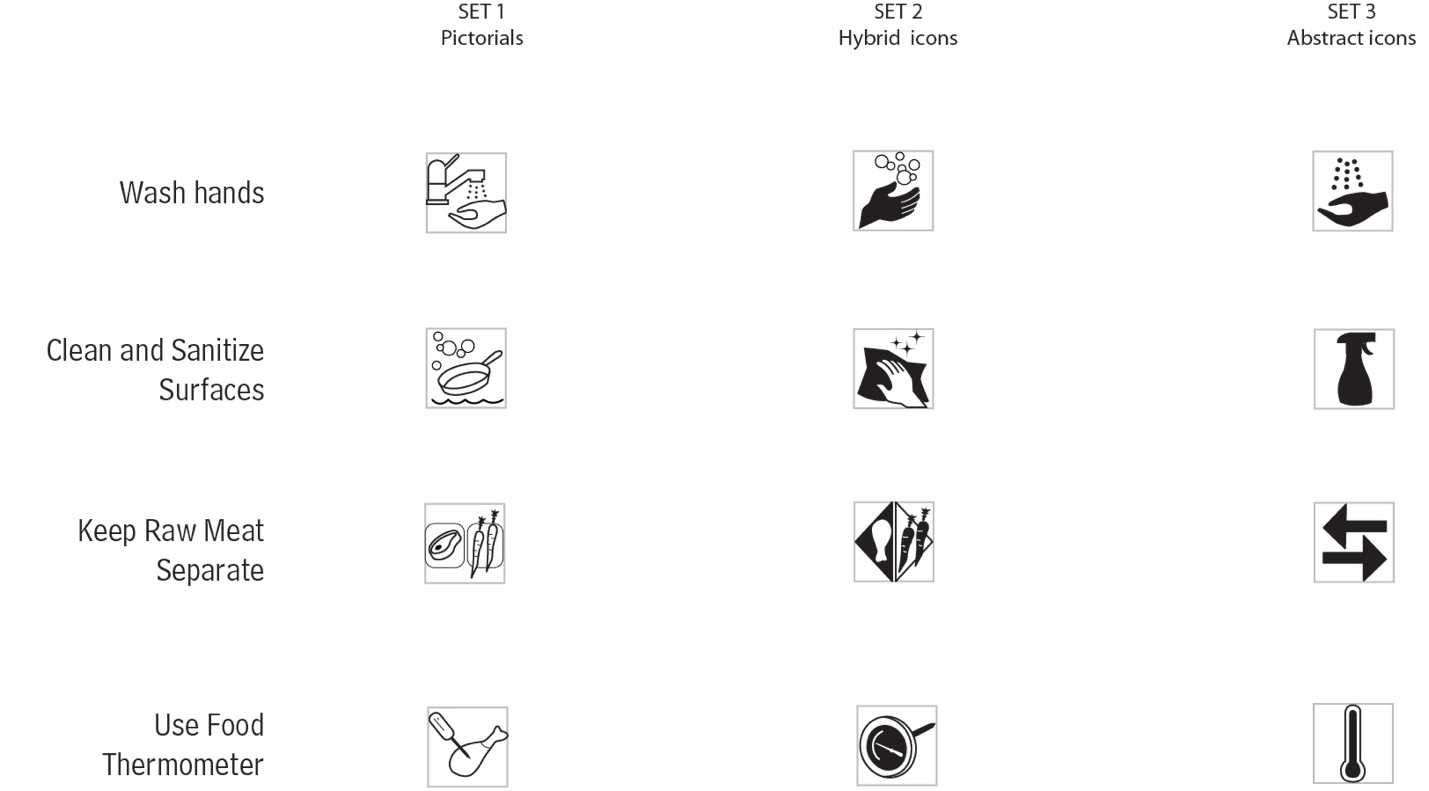
The 27 SHI labels for inclusion in the web-based study were developed by crossing the three factors (format, instructions, and icons). For the web-based study, the label will appear on a mock product package.
Label |
Format |
Instructions |
Icons |
1 |
1 |
1 |
1 |
2 |
1 |
1 |
2 |
3 |
1 |
1 |
3 |
4 |
1 |
2 |
1 |
5 |
1 |
2 |
2 |
6 |
1 |
2 |
3 |
7 |
1 |
3 |
1 |
8 |
1 |
3 |
2 |
9 |
1 |
3 |
3 |
10 |
2 |
1 |
1 |
11 |
2 |
1 |
2 |
12 |
2 |
1 |
3 |
13 |
2 |
2 |
1 |
14 |
2 |
2 |
2 |
15 |
2 |
2 |
3 |
16 |
2 |
3 |
1 |
17 |
2 |
3 |
2 |
18 |
2 |
3 |
3 |
19 |
3 |
1 |
1 |
20 |
3 |
1 |
2 |
21 |
3 |
1 |
3 |
22 |
3 |
2 |
1 |
23 |
3 |
2 |
2 |
24 |
3 |
2 |
3 |
25 |
3 |
3 |
1 |
26 |
3 |
3 |
2 |
27 |
3 |
3 |
3 |
Vertical Rectangle Format with Simple Instructions
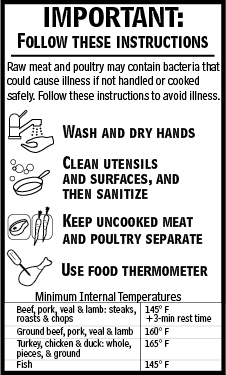
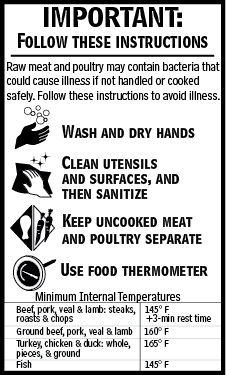
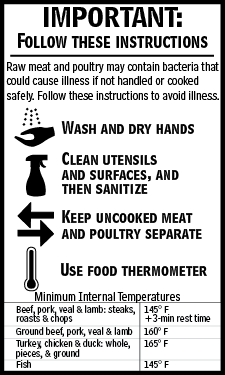
Vertical Rectangle Format with Direction Instructions
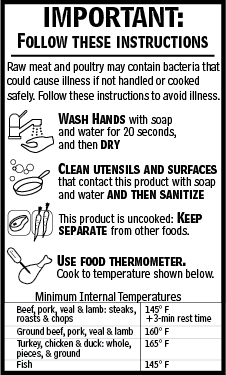
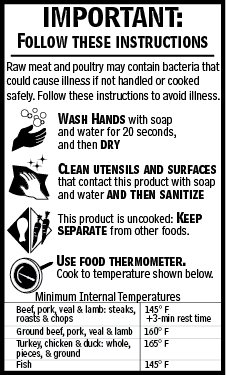
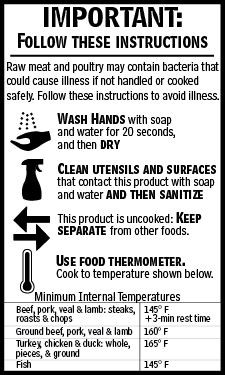
Vertical Rectangle Format with Time Context Instructions
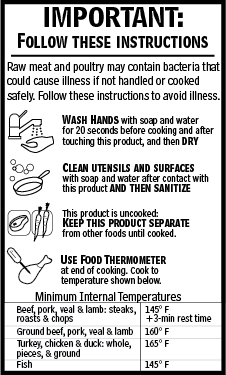
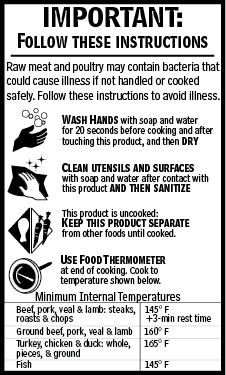
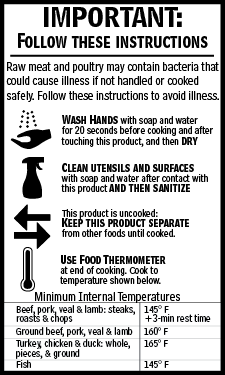
Circle Format with Simple Instructions
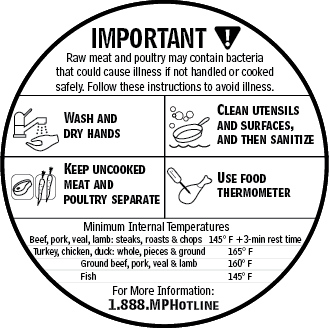
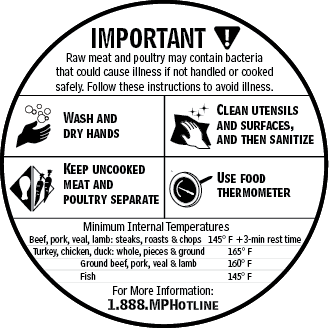
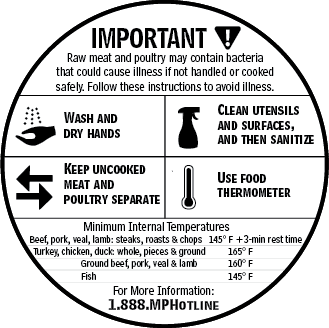
Circle Format with Direction Instructions
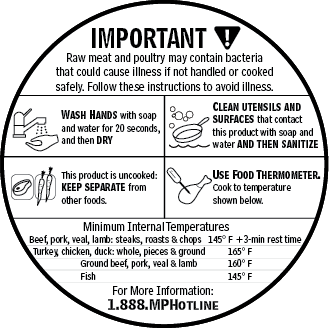
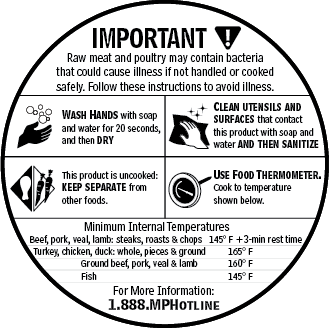
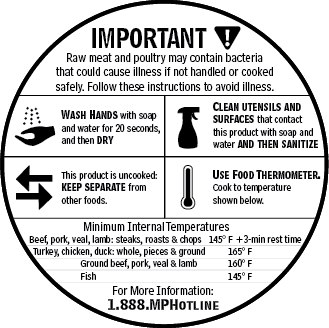
Circle Format with Time Context Instructions
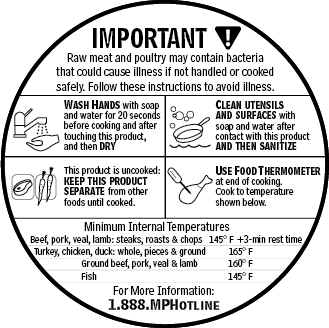
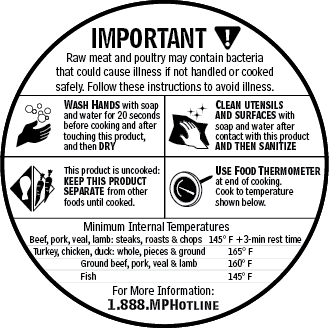
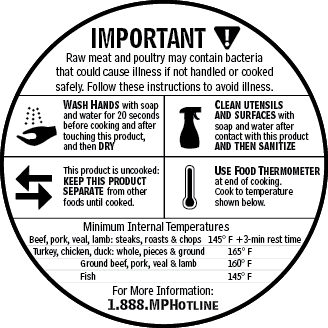
Octagon Format with Simple Instructions
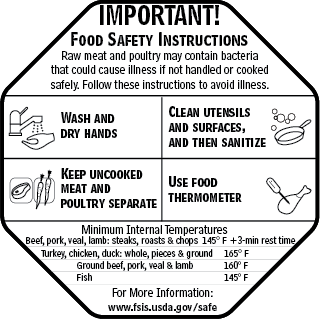
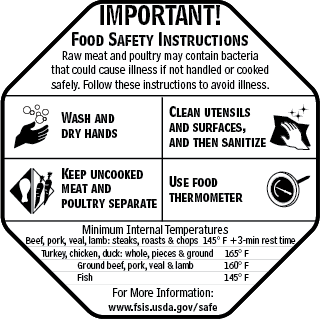
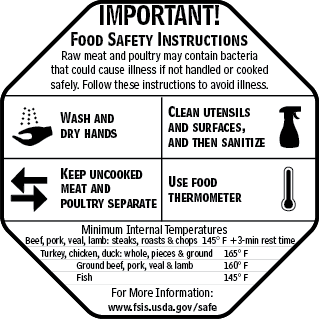
Octagon Format with Direction Instructions
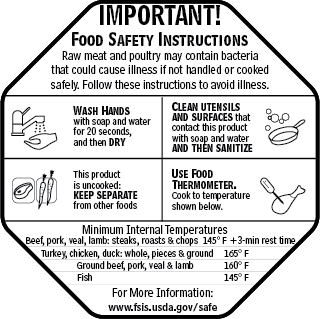

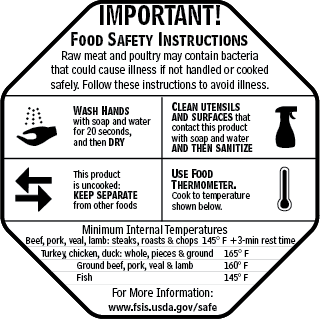
Octagon Format with Time Context Instructions


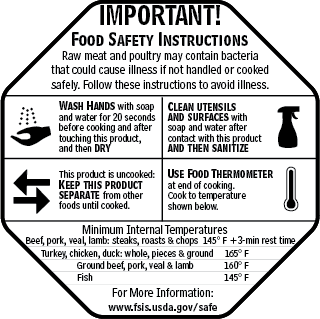
| File Type | application/vnd.openxmlformats-officedocument.wordprocessingml.document |
| Author | Thomas, Ellen |
| File Modified | 0000-00-00 |
| File Created | 2021-01-15 |
© 2025 OMB.report | Privacy Policy